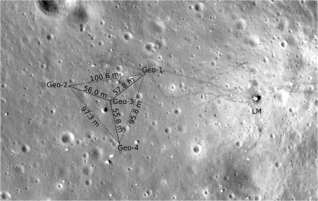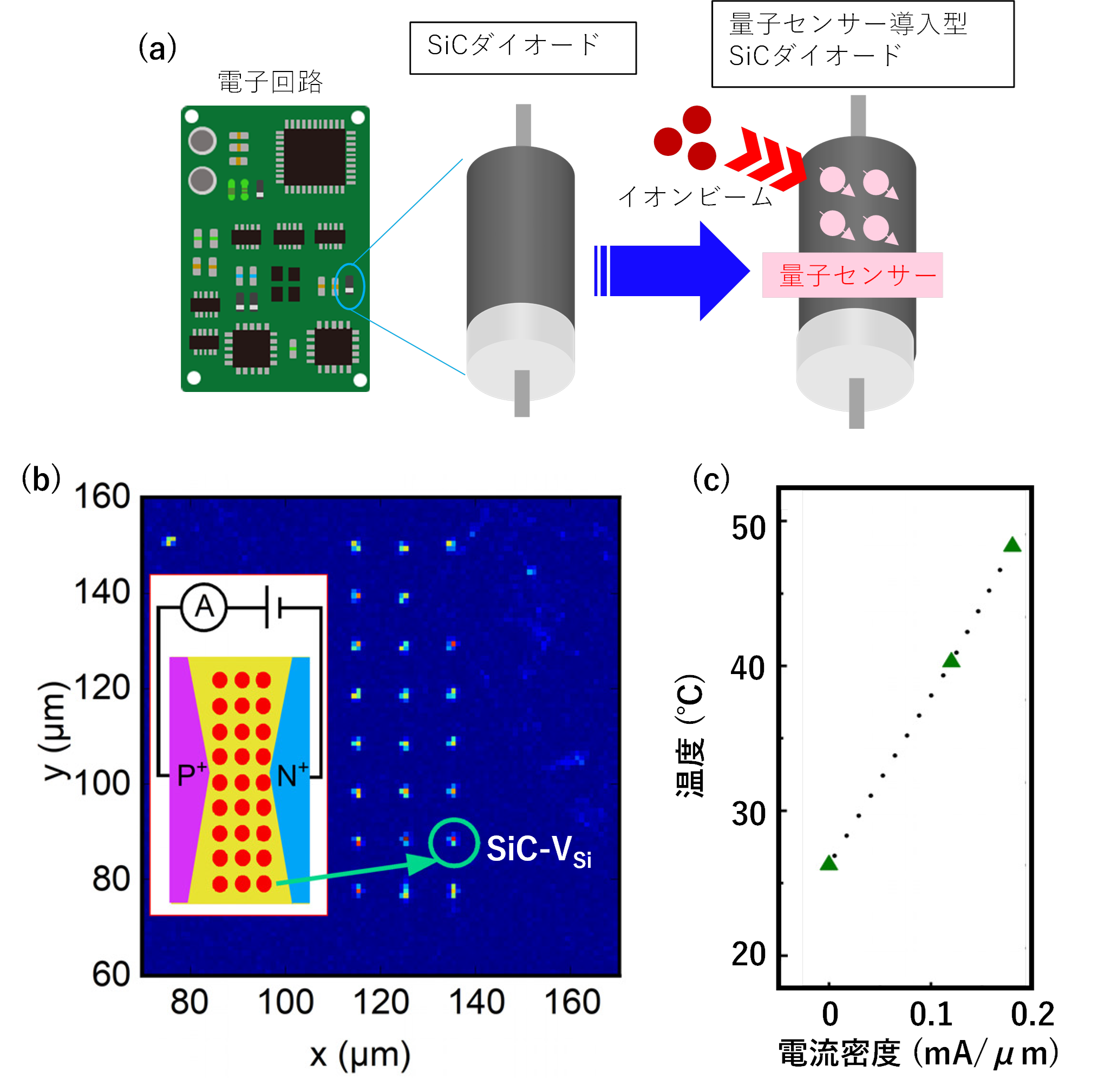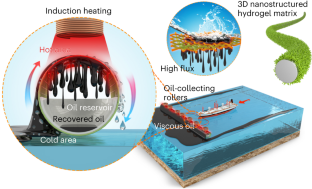2023-09-06 カリフォルニア工科大学(Caltech)

Position of the Apollo 17 seismic array to measure thermal moonquakes. The lunar module is labeled “LM” to the right of the triangular array.
Credit: Nunn, C., Garcia, R. F., Nakamura, Y., Marusiak, A. G., Kawamura, T., Sun, D., et al. (2020). Lunar Seismology: A Data and Instrumentation Review. Space Science Reviews, 216(5), 89.
◆驚くべきことに、これらの朝の揺れは実際には熱源の月震ではなく、アポロ17号の着陸基地から発生していたことが判明しました。月の地震活動を理解することは、将来の月面着陸船や装置の設計に重要な洞察を提供し、また地下の構造を研究するためにも役立つとされています。
<関連情報>
- https://www.caltech.edu/about/news/the-lunar-alarm-clock-new-study-characterizes-regular-moonquakes
- https://agupubs.onlinelibrary.wiley.com/doi/abs/10.1029/2022JE007704
周波数ベースのアルゴリズムと確率的勾配降下法を用いた熱月震の特性化とカタログ化 Thermal Moonquake Characterization and Cataloging Using Frequency-Based Algorithms and Stochastic Gradient Descent
F. Civilini, R. Weber, A. Husker
Journal of Geophysical Research: Planets Published: 05 September 2023
DOI:https://doi.org/10.1029/2022JE007704
Abstract
Thermal moonquakes are recurring seismic signals detected on the lunar surface that are temporally correlated with the lunar day-night cycle, although their precise mechanism is not known. The Lunar Seismic Profiling Experiment (LSPE) was a deployment of four geophones during the Apollo 17 mission to characterize the near-surface structure of the landing site using explosive shots. The array was reactivated in passive recording mode several times after the mission was completed and recorded thousands of thermal moonquakes. In this study, we expand on an initial detection catalog and determine waveform parameters and source information for the seismic signals. We used a spectrogram-based approach to obtain fine-tuned arrival times, quantify the envelope length using emergence, and compute peak-ground-velocity. We obtain the incident azimuth direction by applying stochastic gradient descent to a travel-time misfit equation. We found that thermal moonquakes are split into two main classes: (a) impulsive, high-amplitude events that are produced by the lunar module descent vehicle located east of the LSPE array in response to rapid temperature transitions during sunrise and sunset and (b) emergent events, that are natural responses to incident sunlight whose duration is directly linked to the temperature of the regolith. We hypothesize that the correlation between temperature and emergence could be due to changes in regolith scattering or higher energy daytime events occurring further away.
Key Points
- Thermal moonquakes from the Apollo 17 Lunar Seismic Profiling Experiment were assessed for parameters including emergence, peak-ground-velocity, and incident azimuth
- We found two classes of seismic signals: impulsive and emergent events produced by the lunar module and regolith processes respectively
- The rise time of emergent moonquakes correlates with temperature, suggesting a regolith or source property change
Plain Language Summary
Thermal moonquakes are a frequent seismic activity on the moon. We know that the quantity of these events is linked with the 30-day lunar day-night cycle, but a mechanism that explains how these vibrations are generated is not known. These signals are important because they provide clues on lunar surface processes including crater deformation and lunar soil production. Thousands of these signals were recorded during an 8-month span from 1976 to 1977 on four seismometers deployed during the Apollo 17 Lunar Seismic Profiling Experiment, but the poor quality of data makes analysis difficult. We developed algorithms to accurately determine the arrival timing of the waves, measure the strength of the seismic signal, and find the direction of the moonquake source. We found that impulsive moonquakes are not due to natural processes, but are vibrations generated from the lunar module descent vehicle left by the astronauts in 1972. The duration of the non-impulsive events is correlated with temperature: the hotter the temperature, the longer the seismogram. We think that this behavior might be due to changes in regolith properties or stronger events during the day.



